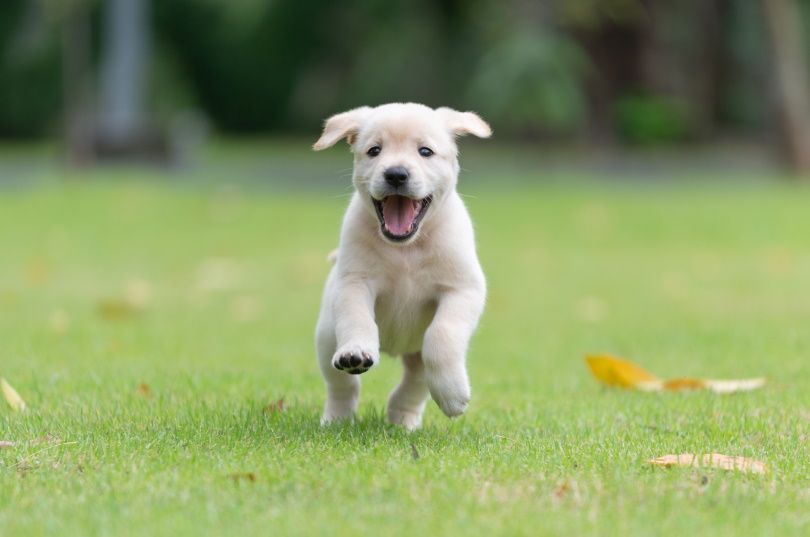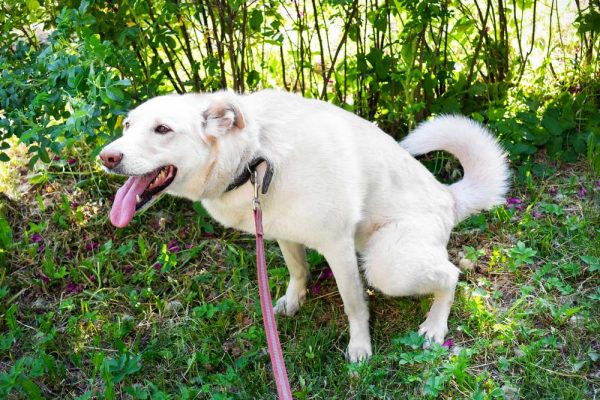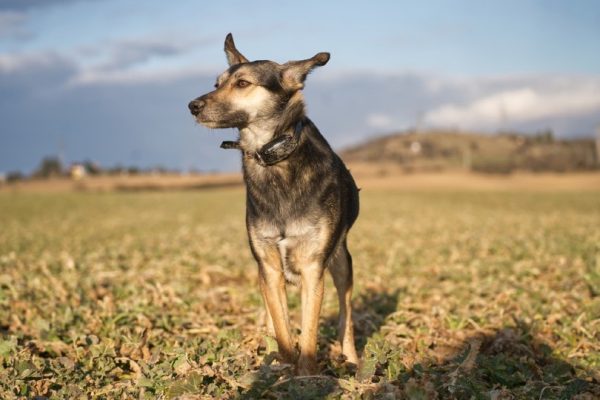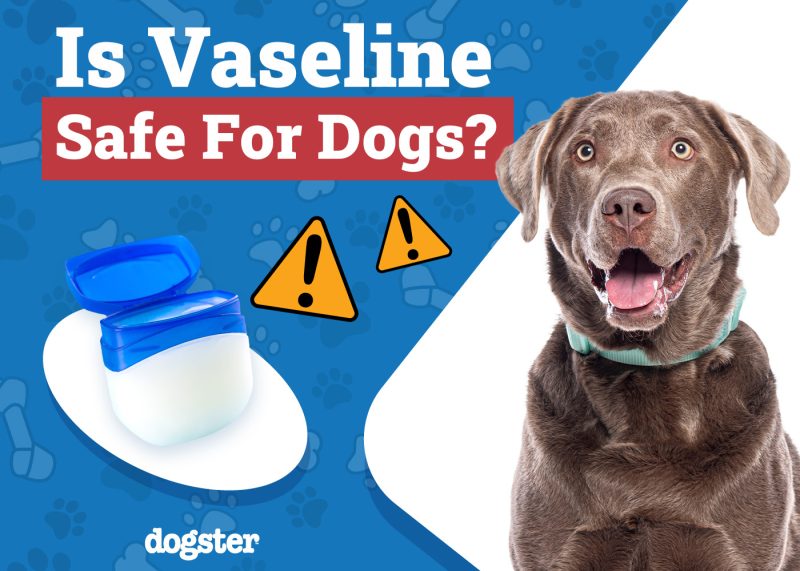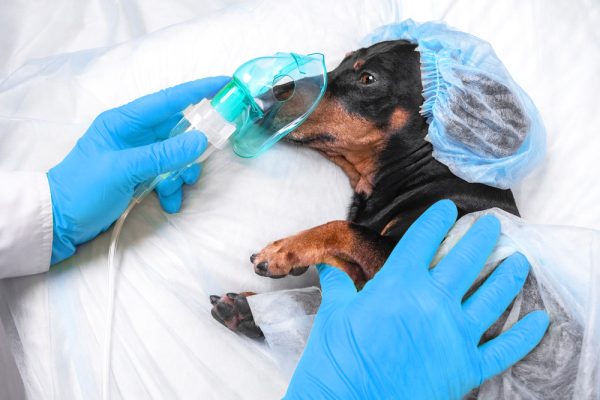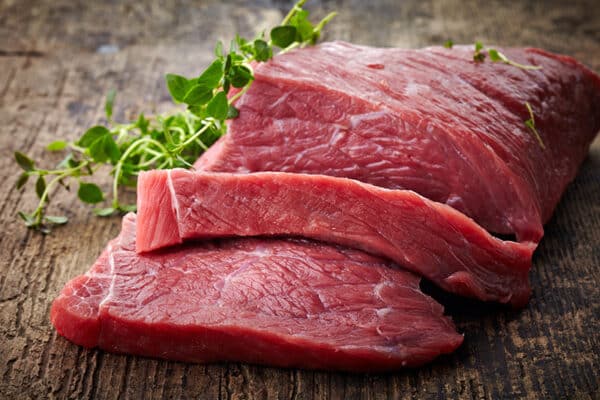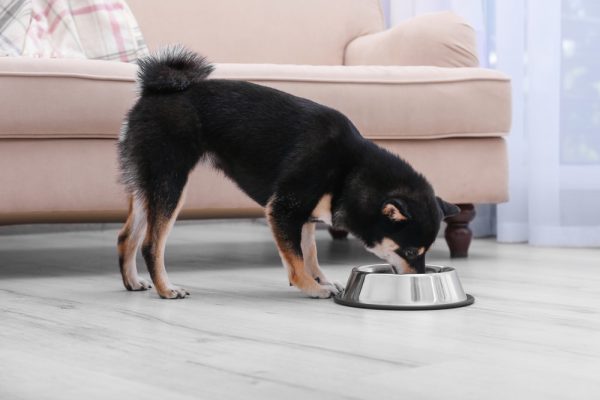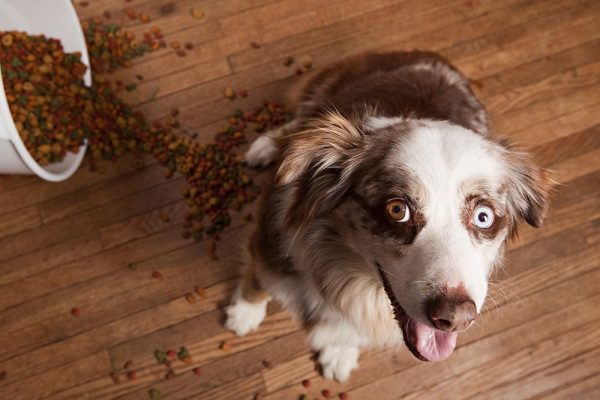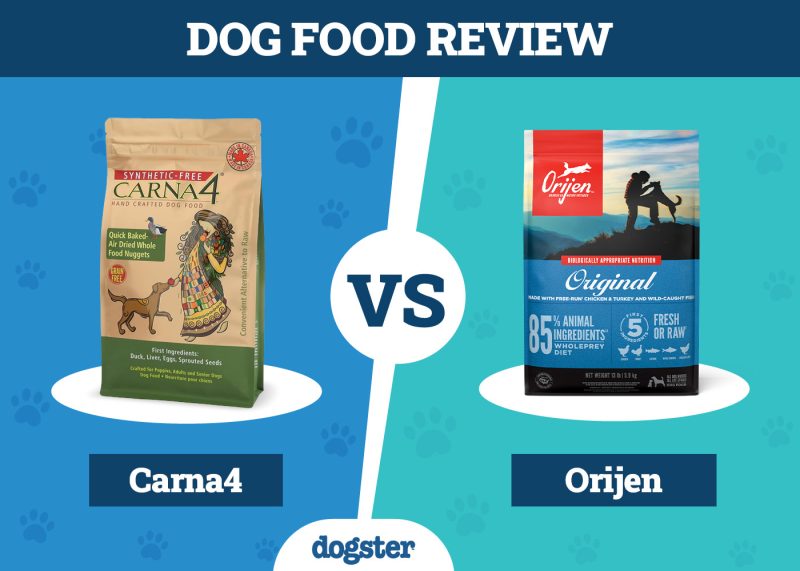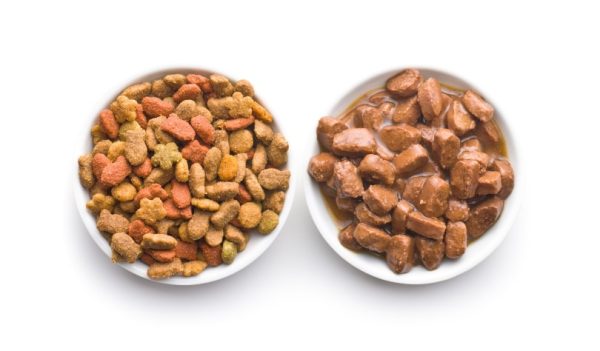In this article
A lot goes on during the first months of a puppy’s life. They go by so quickly that you can literally miss a critical milestone in a blink of an eye. It’s an amazing journey if you’re lucky enough to be with a pup from birth until it reaches adulthood. It’s the story of life in full color. Some stages are fragile, such as the times when a bad experience can create a lifelong impression.
The other significant concern is the puppy’s behavior as an adult and whether they’d make a suitable family pet. Awareness and knowledge are imperative for anyone raising a litter of puppies. That’s part of the responsibility of being a dog owner who chooses to breed their pup. Learning about these stages and their future impact is the best way to ensure that you’re raising healthy and well-adjusted pets.

The 7 Stages of Puppy Development
1. Neonatal Stage (Birth to 2 Weeks)
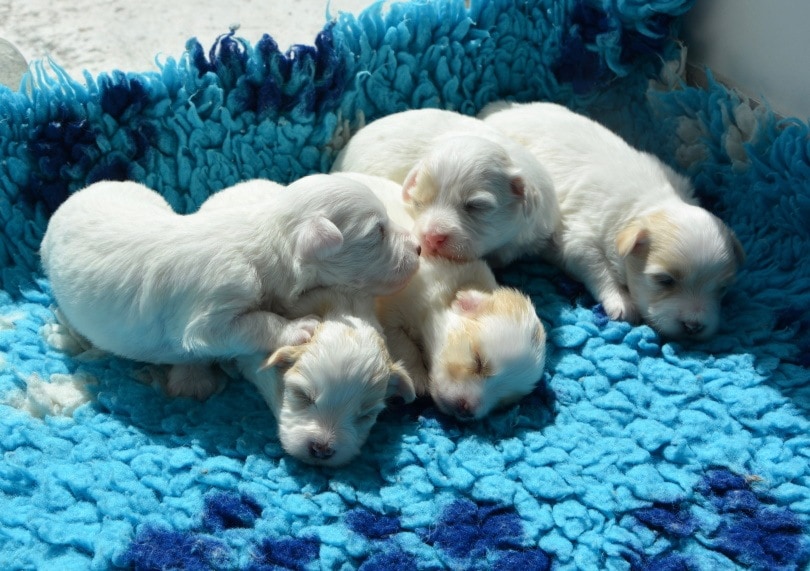
The gestation period for dogs lasts about 57 to 65 days, with many averaging about 63. Then, the fun and excitement begin! Animals fall into two camps concerning their stage of development at birth. Precocial young, such as deer and horses, are born relatively well-developed and able to walk soon after leaving the womb.
It makes sense from an evolutionary perspective. Some of these animals are prey species. Therefore, it behooves them to be able to move and keep up with the protection of being in a herd, or at least with their mother that is better equipped to fend off predators. It’s different with hunting animals like canines.
Having puppies around is a burden. They’ll make noise and ruin the chances of successful hunting for predators that rely on stealth or stalking. It’s a better strategy to leave the pups in a hidden den. It also explains the relatively short gestation period when compared with a deer and its 200-day timeframe. Dogs give birth to altricial young that aren’t as well-developed as a result.
Sight and Hearing
Dogs, like their canine counterparts, are born with their eyelids and ear canals closed. Being altricial protects these structures until they mature enough to handle life outside in the real world. Puppies at this age are also unable to eliminate or manage their body temperature. That role falls to the mother.
At about 2 weeks of age, a pup’s eyes and ears will slowly begin to open. However, sight and hearing still have a way to go before they are fully online.
2. Transitional Stage (2 to 4 Weeks)
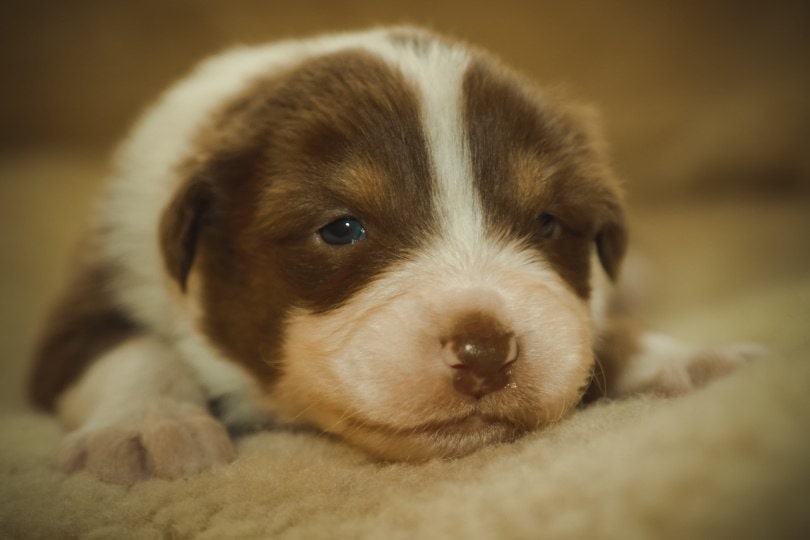
This period is a critical one for puppies, with many significant changes occurring. It’s one of the most rewarding times for dog owners as you witness the pups’ first impressions of their world and each other. That’s one reason why keeping the young with their mother is so vital. Dogs need this time together. It’s one thing that gives litters a distinct advantage over orphaned pups.
Elimination
A significant milestone is the puppies starting to control their bodily functions. They’ll no longer have to rely on their mother to help them. That will also influence their behavior and make them more independent.
Walking
With a couple of weeks of development under their belts, the puppies will have stronger legs, making them more mobile. It’s a gradual process of strengthening their muscles. They’ll be clumsy at first and then become more stable on their feet.

Barking
Now that their hearing is more developed, communication, i.e., barking, becomes essential. Puppies are often quite vocal as they learn how to use their voices. The progression will go slowly from yelps to barks.
Play
These abilities also set the stage for play. It serves several vital purposes, as we’ll discuss. It’s also a learning experience for other senses, such as pain. After all, puppies will roughhouse. However, they aren’t so adventurous that they will willingly venture far from the safe environment of the company of their littermates and mother.
3. Awareness Stage (3 to 4 Weeks)
Baby Teeth
While they’re still nursing, their razor-sharp teeth will start to emerge. It’s a slow process that will take several weeks before they get their full set of chompers. In the meantime, they’ll make good use of them with their littermates. This period marks the beginning of the transition to solid food now that they’re equipped to handle it.
All the while these physical changes are occurring, the puppies are also making one crucial discovery. They’re figuring out that they are dogs and what it means to be a canine. They don’t grasp the differences between people yet. That will come a few weeks later as their tiny brains continue to develop.
4. Socialization Stage (3 to 12 Weeks)
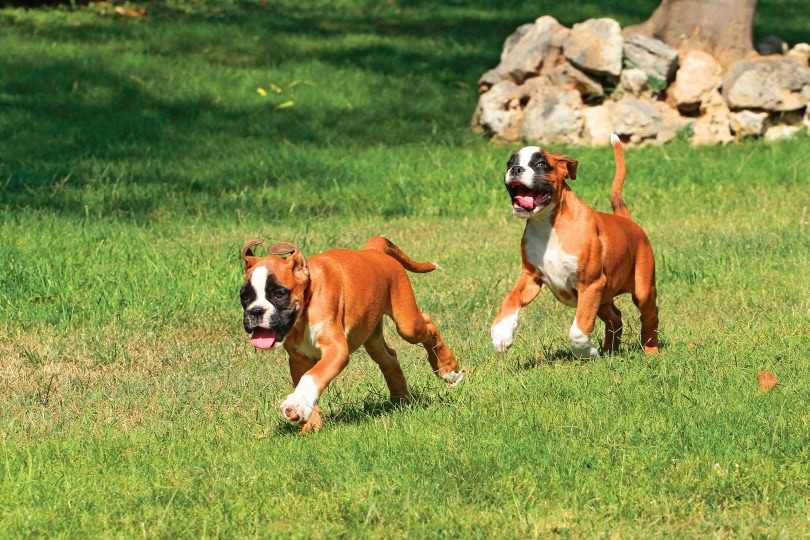
This stage is the most critical of all since it will determine the puppies’ ability to become good pets. It begins with their littermates and mother. They’ll push the bounds as they learn canine behavior. They’ll fight and chase each other as part of those initial steps toward the hierarchy of the litter. This time also marks the first of two fear-impact times in their lives.
You may recall traumatic childhood experiences as a kid that shaped your adult behavior. It’s the same with dogs. They want—and need—a stable home without any upsetting changes.
Solid Food
When you first start feeding the puppies solid food, it’s imperative to give them the correct diet for a dog in this life stage. The nutritional needs of a pup differ from an adult. They need more protein and controlled fat to support their continued development. They must also get more frequent meals since growing takes a lot of energy. It’ll also help prevent low blood sugar or hypoglycemia.
Medical Care
You can start the puppies on their first series of vaccinations during this period. Deworming is also essential. We suggest discussing the recommended schedules and timelines with your ve,t as the best practice depends on your area, the puppies’ situation, etc. Please keep in mind that completing a vaccination or deworming schedule at the recommended time and frequency is a must to guarantee effectiveness and safety.

People Bonding
At first, the puppies live in a canine world. They really don’t know what humans are. That starts to change at this stage with a more well-developed brain. The pups will learn to recognize people and begin to form bonds. It’s imperative to introduce the puppies to others within and outside of the household at this time. It’s also an excellent time to introduce vaccinated pets to other dogs or animals.
The more things you expose them to, the less fearful the puppies will be as adults. A timid pup is more likely to develop behavioral issues later in life. We also suggest handling them, so they get used to being held. Touch their feet and ears to make grooming easier down the road.
Housebreaking
Puppies are more intelligent at this point and capable of learning vital things, such as housebreaking. It will come naturally to them to eliminate outside of their bed. However, you can take the first steps. It’s also an excellent time to start finding homes for the puppies. We recommend waiting until they are at least 8 weeks old before separating them from their mother and littermates.
5. Status Stage (3 to 6 Months)
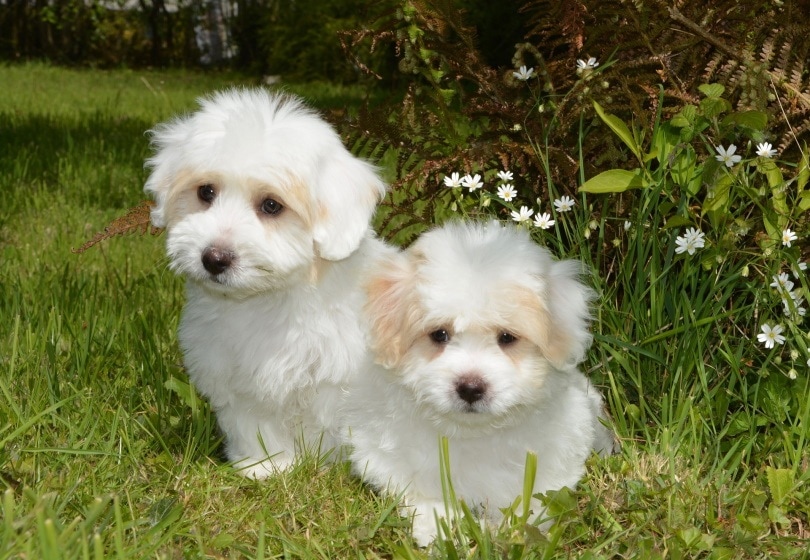
The puppies are still growing rapidly at this stage. However, a lot is going on under the proverbial hood. Their mental development will usher in some more vital changes on the path to adulthood. You’ll start to see the beginnings of the pup’s personality. They are malleable at this time so that you can stop bad habits like chewing and nipping in the bud.
Independence
The work you’ve done during the socialization period will start to pay off at this point. Exposure to many things will fuel the puppies’ confidence. That will, in turn, ramp up their independence. They’ll start to find out what their place is in the world, with you and other dogs. It’s the ideal time to begin training and reinforcing good habits. Treats are a powerful motivator on that front.
We strongly urge you to use positive reinforcement instead of punishment. It’s a more effective approach. The other concern is the second of the fear impact stages in your pup’s life. Bad impressions during this time could shape your pet’s behavior.
Teething
Puppies will begin to make the transition to their permanent set of teeth during this time. It’ll also prompt them to chew whatever they can find, regardless if it’s appropriate. If your pup starts gnawing on a shoe, take it away and offer them something suitable. It’ll learn to make the association quickly with a tasty reward.
Vaccinations Complete
The puppies will have their complete set of vaccinations by this stage, including rabies. Experts recommend that you discuss which ones are appropriate for your pup, depending on their lifestyle. A dog that hunts will need additional ones than a pooch that stays close to the homefront.
6. Teenage Stage (6 to 18 Months)
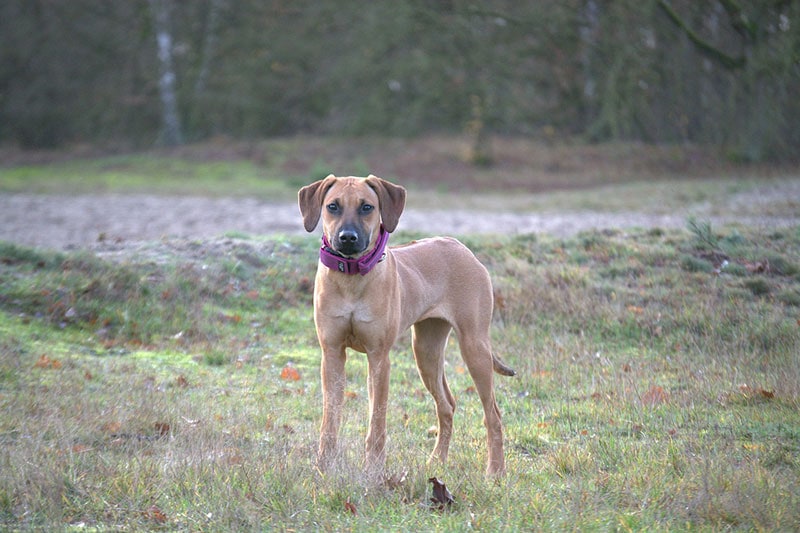
Dogs aren’t a lot different from teenagers at this stage. Curtailing bad habits is still at the forefront as they continue to develop and reach their adult size. You’ll find it helpful to start establishing a routine with your pet. Daily walks, playtime, and training are vital. It’s also an excellent time to work on your pup’s training and manners.
Sexual Maturity
Dogs will also reach sexual maturity at this time, depending on the breed. Larger ones, such as Great Danes, tend to develop more slowly than small dogs like Pomeranians. You may notice behavioral changes that go along with this stage, such as marking. That brings into question another vital time in your puppy’s life.
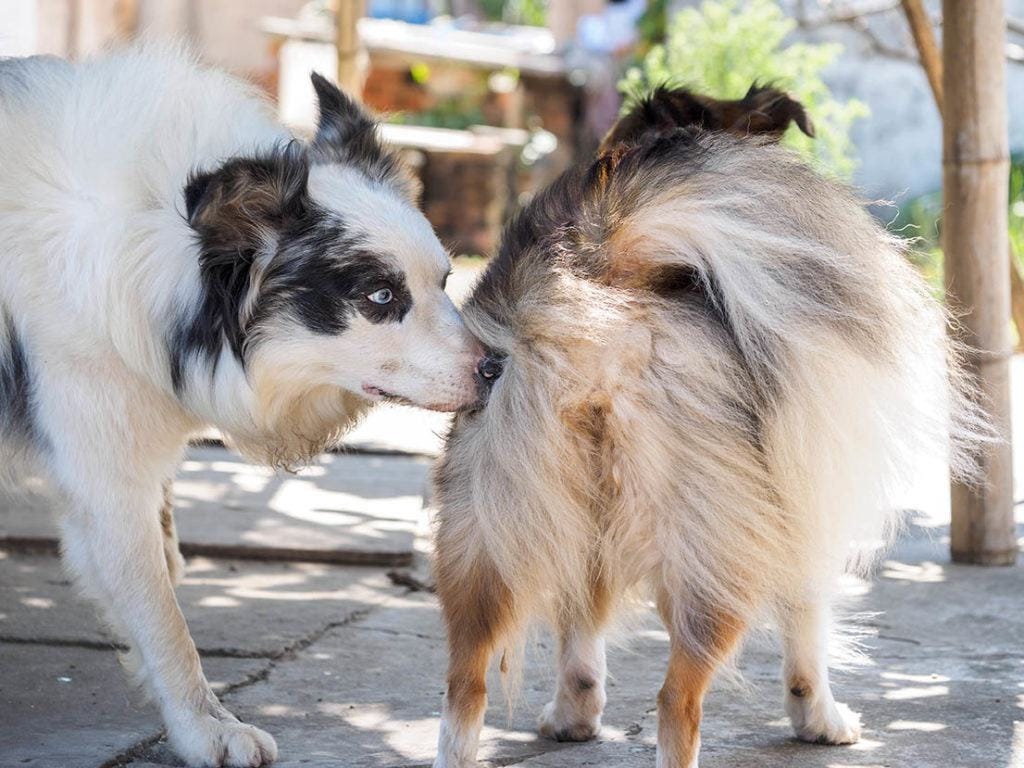
Spaying/Neutering
The question of whether to spay or neuter your pup isn’t as cut and dried as it once was. The surgery is safe, but new research has brought awareness of potential secondary effects, such as the obesity that often follows. On the other hand, having puppies is also chancy. Perhaps one of the most glaring issues is the increased risk of other diseases, such as joint disorders in some breeds.
We recommend discussing the best time to desex your dog with your vet.
Emotional Maturity
You’ll also notice that your puppy doesn’t act the same way it did when it was younger. It’s more grown-up and may be less active. Your dog may behave differently, too. They may start to become more protective of your home and family. Your pet may have their routine down pat and remind you when it’s time for a walk. Your puppy is now becoming an adult.
7. Adulthood (1 to 4 Years)
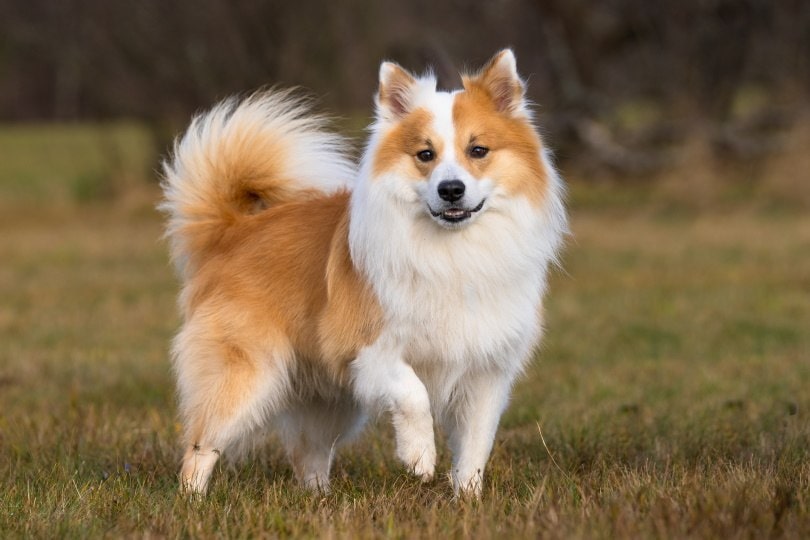
Puppies mature at different rates on all scores. It’s a reflection of selective breeding that may encourage some behaviors or physical characteristics. Males are often larger than females, although the difference can vary. Some research suggests that they mature more slowly. A lot also depends on the breed.
Toy-Small-Medium Adult Size
Dogs in these groups will reach their adult height well before 1 year old. Of course, weight is another story that will fluctuate during its lifetime. However, they likely reach sexual and emotional maturity by the end of the first year.
Large-Giant Adult Size
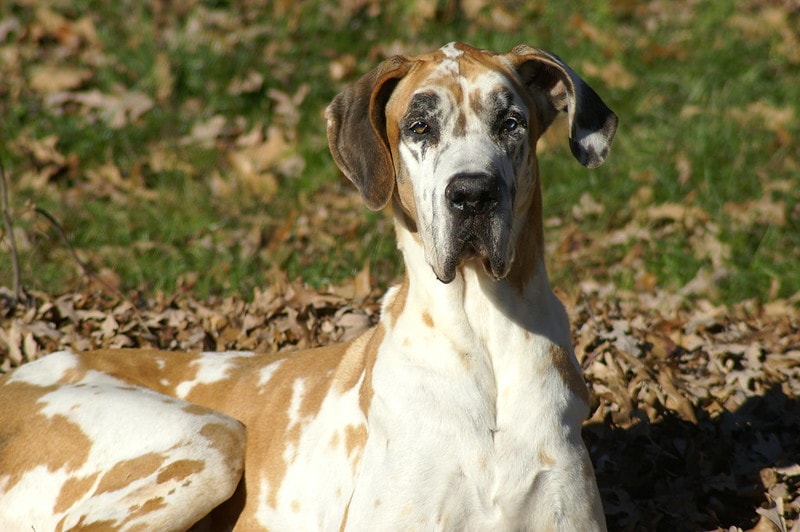
You’d think that large and adult dogs would mature faster than small breeds. However, just the opposite is true. They may not stop growing until they are 1½ or even 3 years old. Unfortunately, there isn’t a way to predict a pup’s final size, even its paws.

Conclusion
The first year in a puppy’s life brings incredible changes that happen quickly. Evolution sets the stage for how development occurs. Selective breeding and other factors have profound impacts, too. Every milestone happens in every dog. It’s just that nature has the final say when it comes to transitioning from puppy to adult.
See also:
- Can a Litter of Puppies Have Different Fathers?
- How To Keep A Weak Newborn Puppy Alive: Steps & What To Do
Featured Image Credit: Intarapong, Shutterstock

